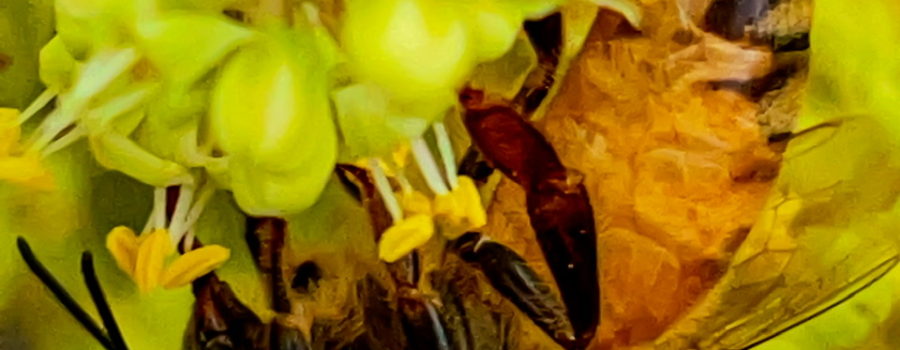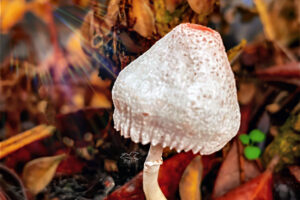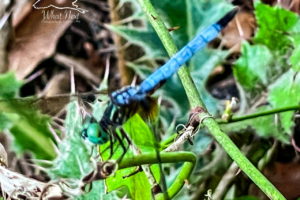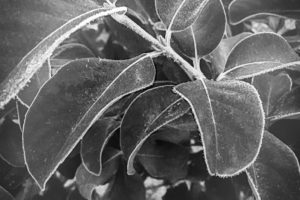This is National Honey Bee Day and It’s Very Important

This important day has been celebrated on the third Saturday in August since 2010. It was actually started in 2009 when a small group of beekeepers got USDA approval for the day. That year it was celebrated on August 22, which was the fourth Saturday, but it has since been observed on third Saturday. National Honey Bee Day is now managed by HoneyLove.org, a nonprofit group from California that specializes in educational programs about honey bees.

So why should we celebrate honey bees, you may ask. First, of course, is the fact that they produce honey, which people use to sweeten tea, bake with, and make confections with (among other things). Apiculture (the keeping and husbandry of bees) is a 4 billion dollar industry in the United States and provides more than 22,000 jobs to American workers. Second, and more importantly, honey bees (and other pollinators) are crucial for the pollination of many of our food crops. Without bees, much of the world would starve!

There are quite a few ways that you can celebrate National Honey Bee Day. You can choose honey over sugar for all your sweetening needs today. You can visit with a local beekeeper and learn more about how honey bees are kept. I can personally attest to how incredibly interesting beekeeping can be! You can also plant wildflowers that help attract and feed honey bees. These same plants will also attract other pollinators that are fun and beautiful to watch. Keep in mind, too, that honey bees are quite nonaggressive. Although they can sting they don’t unless they feel threatened or you injure them. You can also go to sites like HoneyLove.org and learn more about beekeeping, honey, the importance of pollinators, and all the work that goes into the protection and nurturing of bees. What ever you decide to do, have a marvelous National Honey Bee Day!!!🐝🐝🐝

Acrobatics Among the Flowers
If you enjoy beautiful nature photography and artwork please subscribe to our blog and newsletter!





Recent Comments